September 29, 2017, was a special day for quantum research. Scientists and journalists gathered to witness an unprecedented event: a video conference between Vienna and Beijing, encrypted using quantum cryptography. China had launched the satellite Micius into space the year before, enabling quantum-encrypted communication between continents. Micius generated entangled light particles with random oscillation directions, which were sent to ground stations in Xinglong and Graz. With their help, a quantum key was created, making the conversation completely secure from interception or wiretapping. The name of one of the participants in this 2017 video conference is inseparably linked to the research process that allowed it to happen: Anton Zeilinger. The quantum physicist and now Nobel Laureate in Physics was also the President of the Austrian Academy of Sciences (OeAW) in 2017 and spoke with his Chinese counterpart, Chunli Bai, on a quantum-encrypted connection.
In 2017, the satellite Micius was also the main protagonist of another experiment in another field of research that Zeilinger’s work has significantly influenced: quantum teleportation. Jian-Wei Pan, a student of Zeilinger’s, demonstrated that the states of entangled particles could be transmitted hundreds of kilometers through space between the satellite and ground stations. Two ground stations located 1200 kilometers apart were connected through the teleportation of particle states. The previous record had been set by the pioneer himself. In 2012, Zeilinger had transmitted quantum states over 140 kilometers between the islands of La Palma and Tenerife.
These groundbreaking experiments give us a sneak peek at applications that will transform our world. They foreshadow a future characterized by quantum-based networks, computers, and communication infrastructures. At the same time, they make the insights into the astonishing phenomenon of quantum entanglement tangible, insights which have emerged from a multitude of revolutionary scientific ideas and groundbreaking experiments spanning decades. Zeilinger, whose research has been significantly influenced by the support of the Austrian Science Fund (FWF) since 1980, with total funding of several million euros, has played a crucial role in this development.
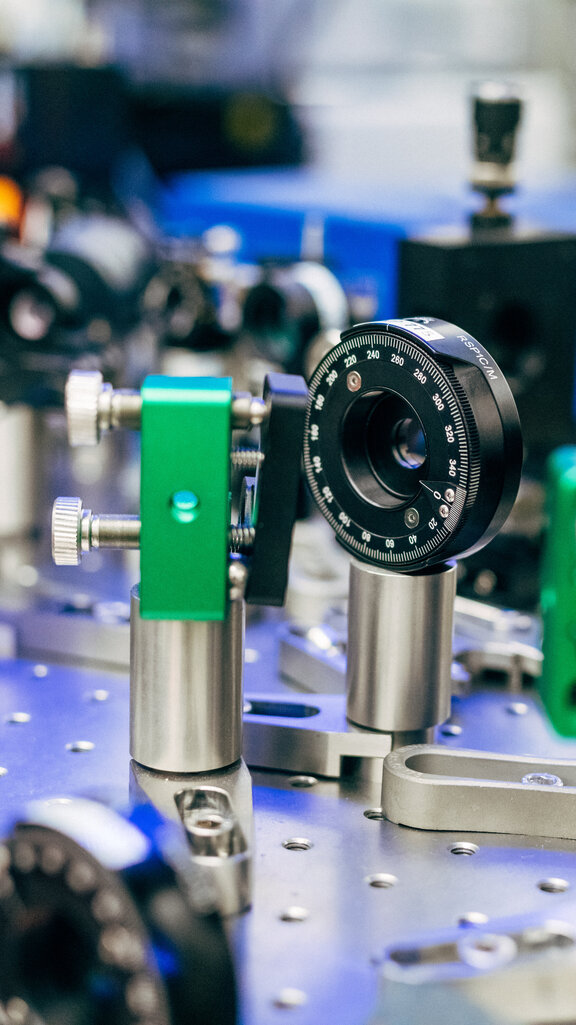
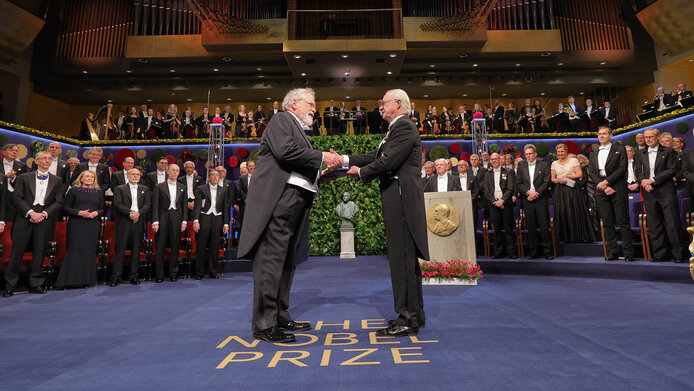
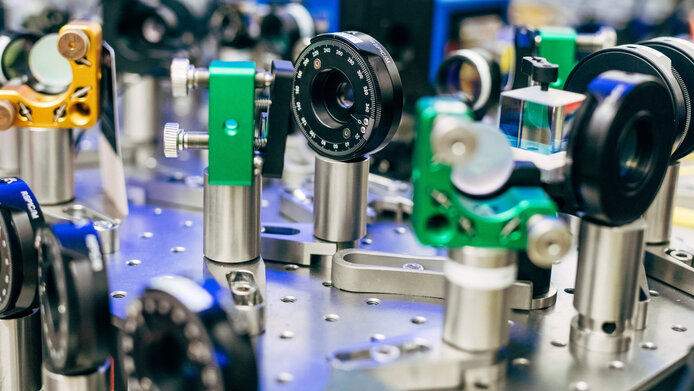
![[Translate to English:] Jennifer Doudna und Emmanuelle Charpentier im Portrait](/fileadmin/_processed_/f/4/csm_Charpentier_Doudna_cAlexanderHeinl_picture_alliance_dpa_31bea8d369.jpg)
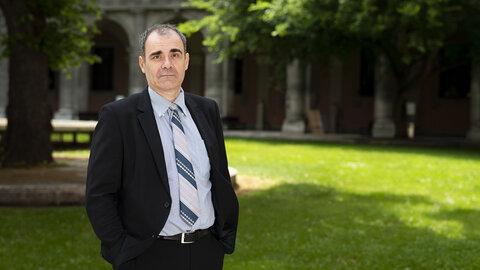
![[Translate to English:] Christa Schleper entnimmt eine Sedimentprobe aus der Donau](/fileadmin/_processed_/3/e/csm_Christa_Schleper_cUlrichZinell_ef90da6f10.jpg)
![[Translate to English:] Wolfgang Lutz blättert in einem großen Atlas](/fileadmin/_processed_/c/6/csm_Wolfgang_Lutz_cHerbertNeubauer_picturedesk_f0e494e876.jpg)
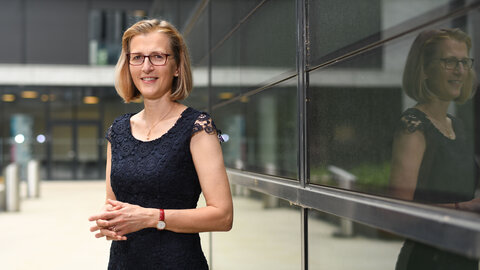
![[Translate to English:] Portrait Walter Pohl](/fileadmin/_processed_/1/2/csm_Portrait_WalterPohl_cFWF_LuizaPuiu_c0acb71e9a.jpg)